Description
The thing that covers your armor and helps your teammates to avoid friendly fire – it’s tabard.
Could be done in colors of your team, country or your own colors (one man army, huh?)
Helps to cover a gaps on your armor from your opponents (the less they know – the better for you).



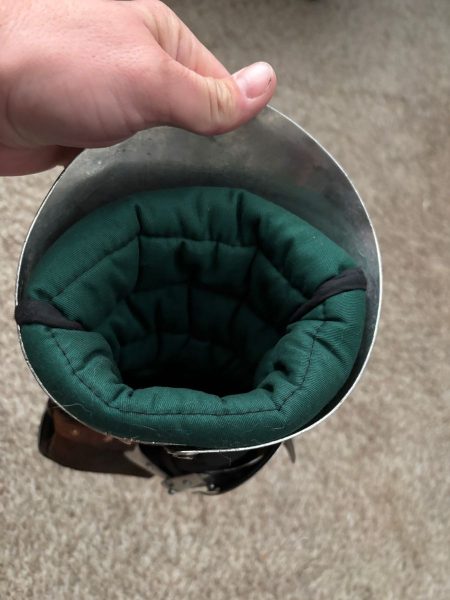

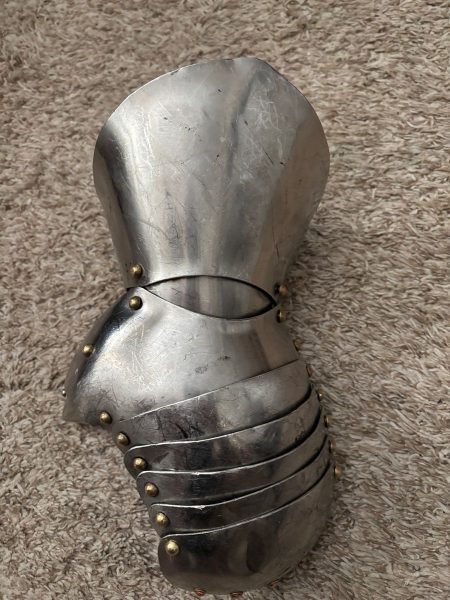
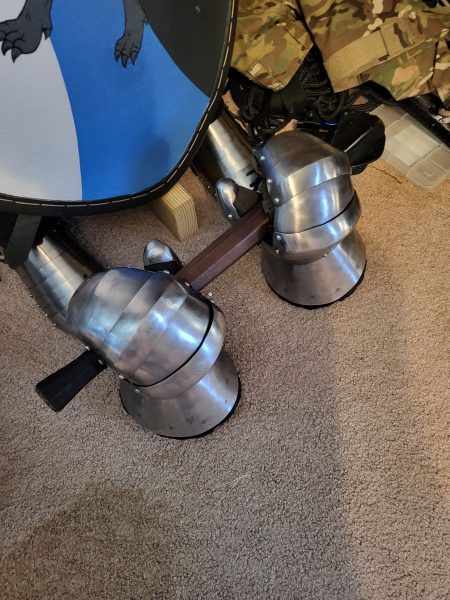
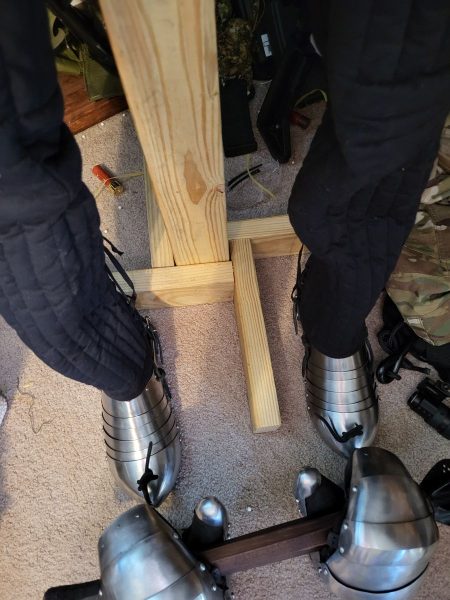
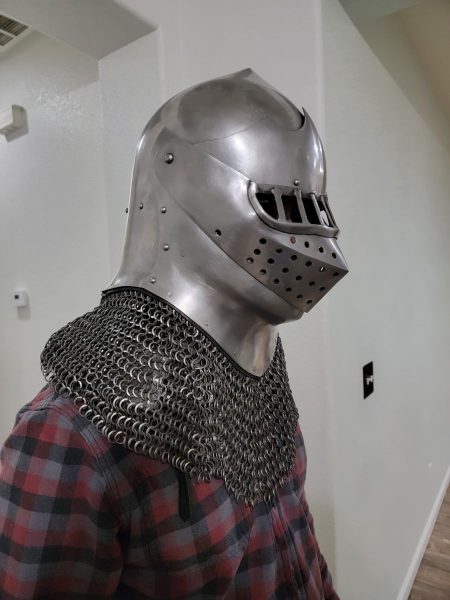
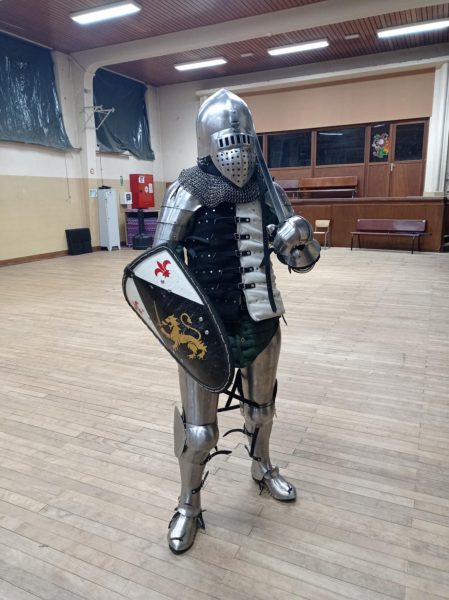
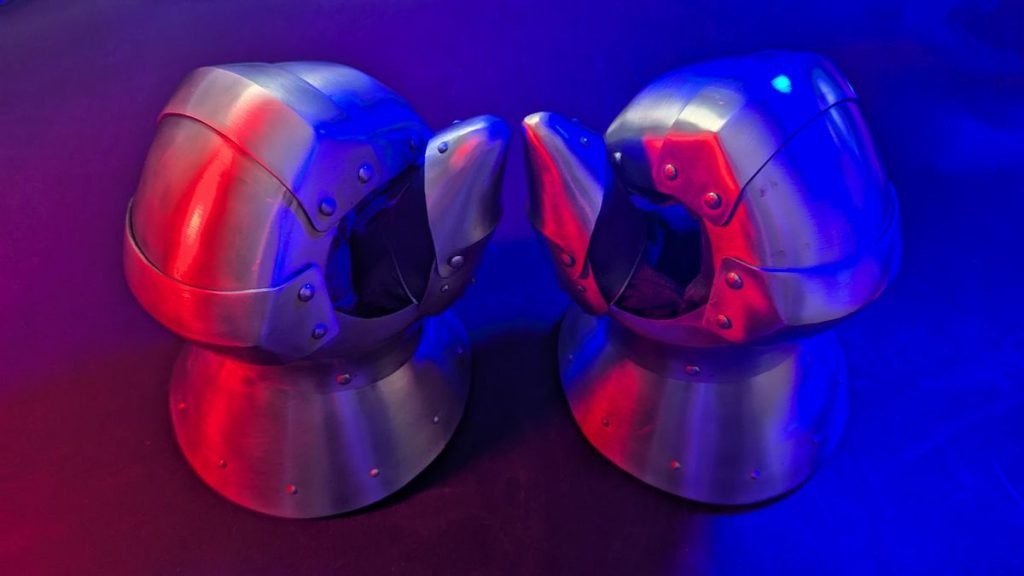


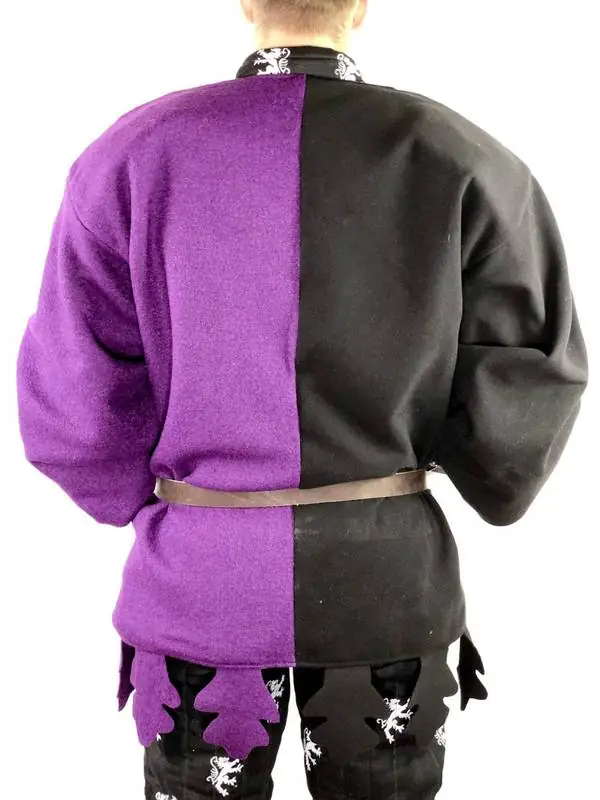
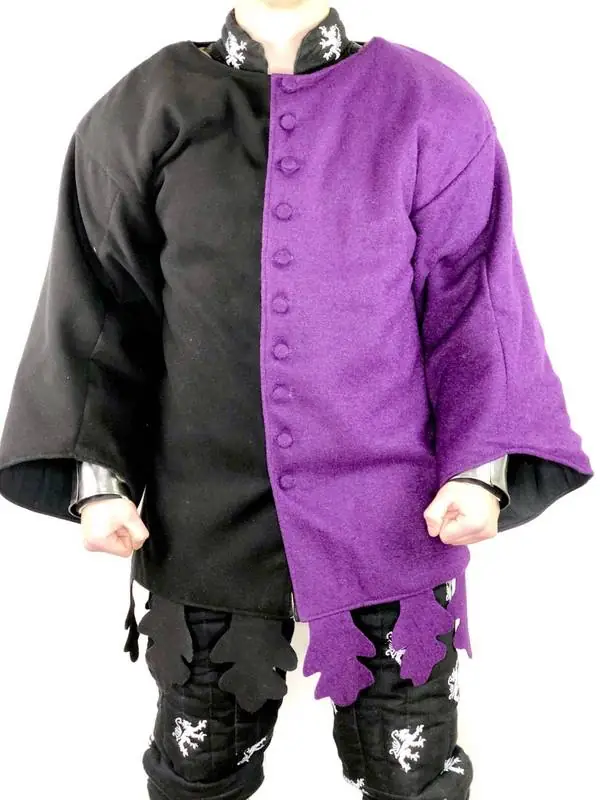
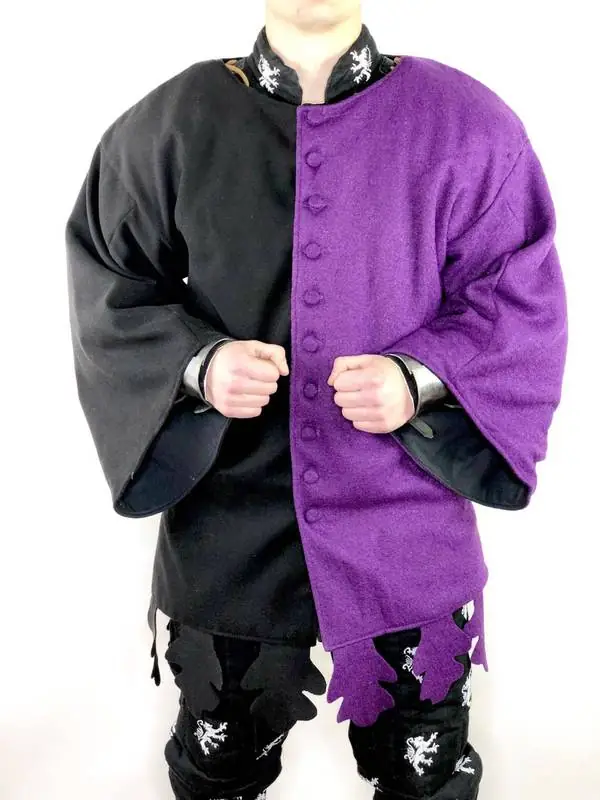
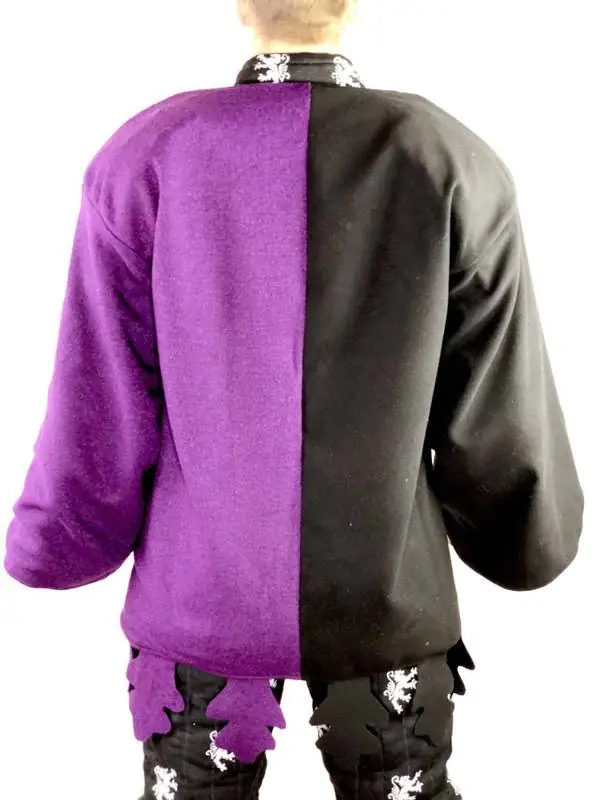

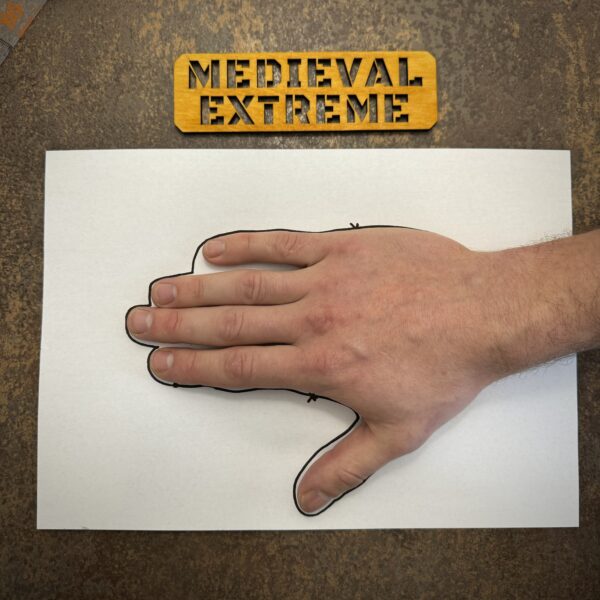
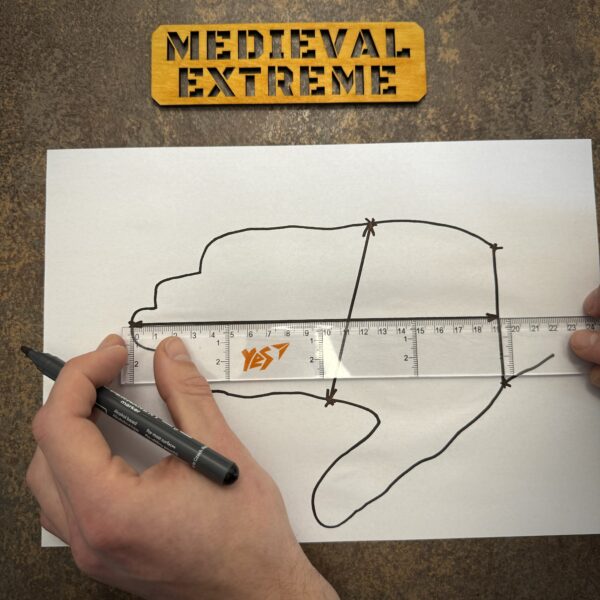
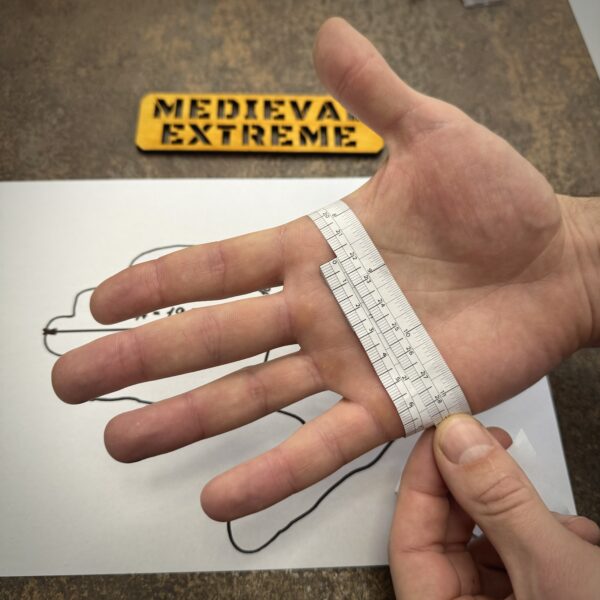
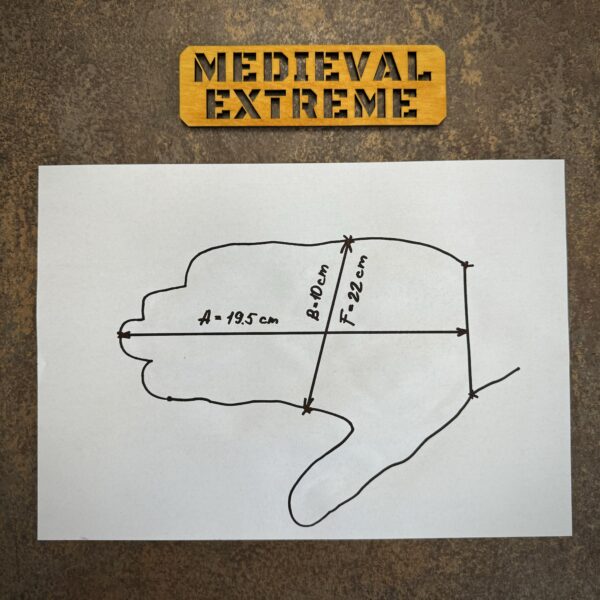
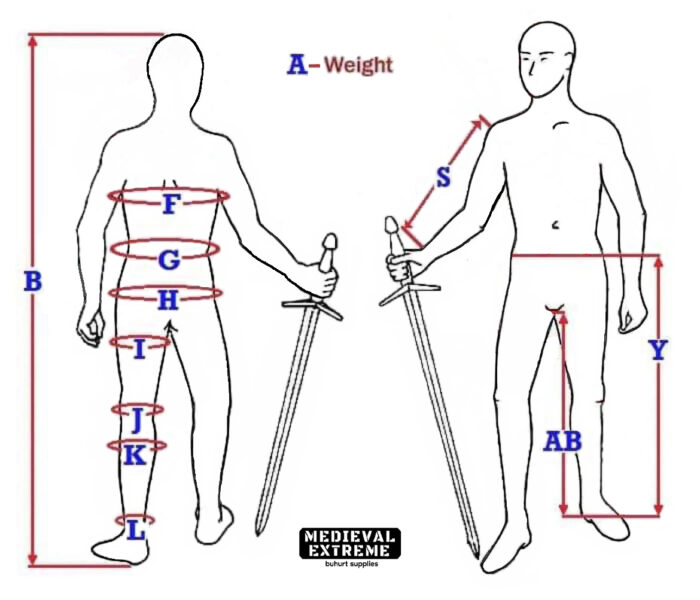
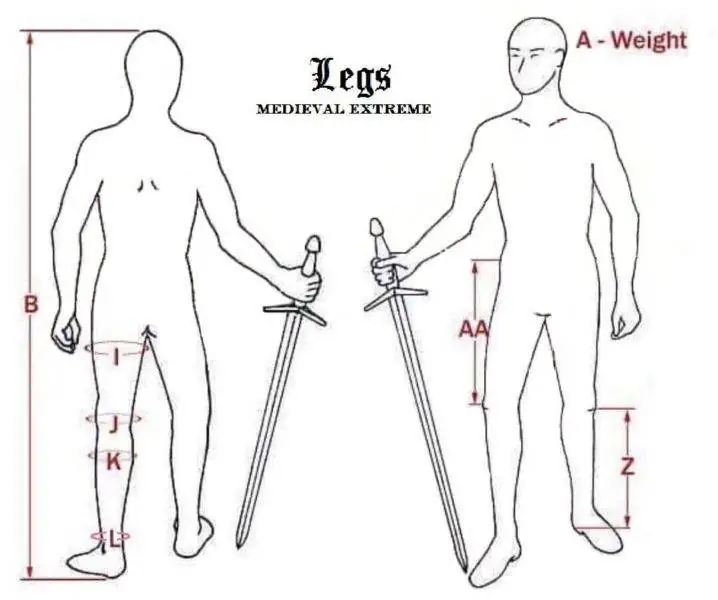
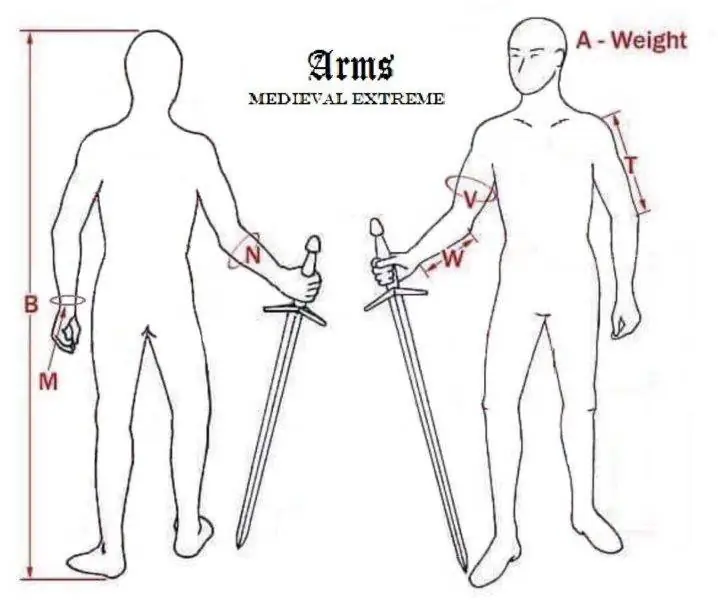
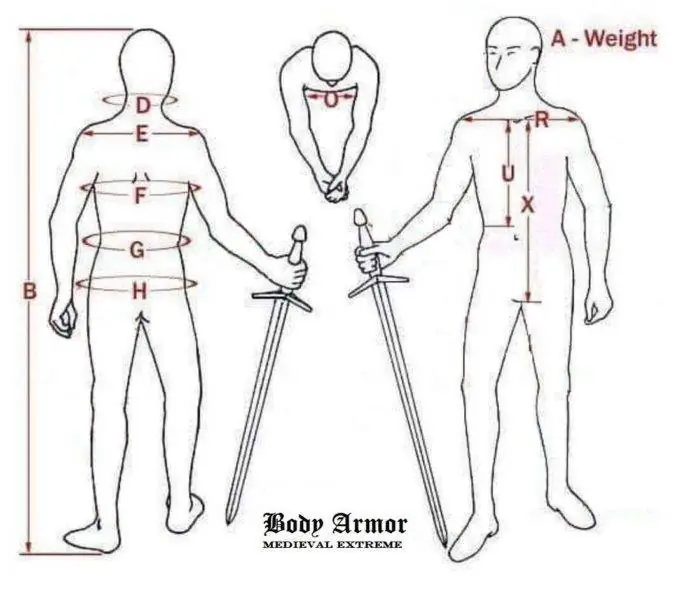
![Medieval boots with sabaton combo [9 segments]](https://medievalextreme.com/wp-content/uploads/2022/02/0B2858F1-F3BC-42F6-904F-6F9F475F4EB6-350x350.jpeg)
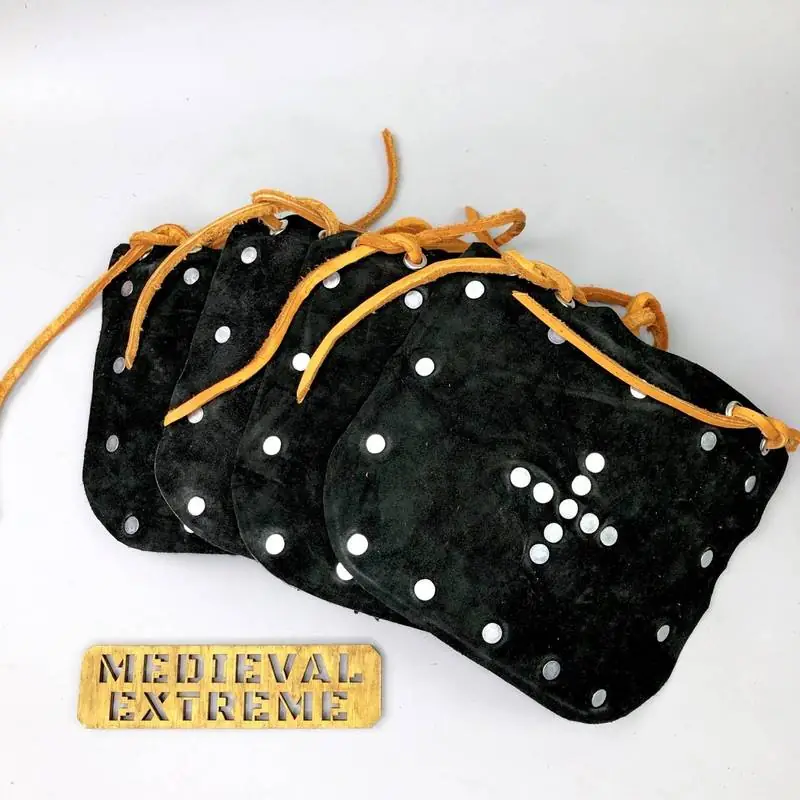


Whas missing the leather add-ons but was made very well
Fits nice and snug thanks to the adjustable straps! Edges were also rounded slightly to help reduce discomfort!
Gauntlet mits were very well made thin in palms to allow weapon grip and nice padding on top for good shock absorption.
Excellent quality as always. I keep coming back to M.E. due to their phenomenal consistency in making high quality gear.